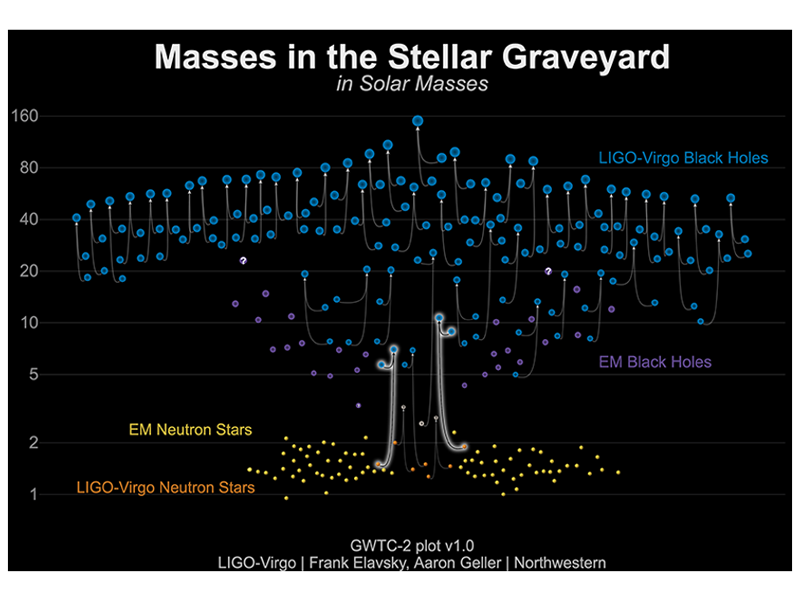The first observations of neutron star-black hole binaries by Gravitational Wave Observatories.
The LIGO, Virgo, and KAGRA collaborations announced the discovery of GW200105 and GW200115 on 29 June 2021. These two events are the first confirmed observations of neutron star-black hole (NSBH) binaries which were detected on January 5th and January 15th in 2020 as gravitational waves produced by the last few decaying orbits (inspiral) followed by the merger of the neutron star (NS) with the black hole (BH). It is notable that two events are separated only by 10 days but a possible explanation by the gravitational lensing of the same event is ruled out. Given their significantly unequal component masses, future observations of NSBH systems will provide new opportunities to study matter under extreme conditions including the potential deviations from General Relativity.
Academia Sinica, Institute of Physics is playing important roles in KAGRA as the principal institute among the Taiwan groups. Contributions of the IOP team range from instrumentation (detector calibration and high power laser), Tier-1 data center, data analysis (parameter estimation, waveform generation, boson star and cosmological background), to multi-messenger observation, future upgrades and executive managements.
The results are published in "R. Abbott et al 2021 Astrophysical Journal Letters 915 L5". KAGRA-IOP members and authors in this work include Research Fellow Sadakazu Haino, Postdoc Scientists L.W. Luo and D. Tuyenbayev, Research Assistants Y.K. Chu, Y.J. Huang, F.K. Lin and C.Y. Chiang, and NTNU M.Sc. H.Y. Huang.
Figure: Schematic diagram of the “Stellar Graveyard”, summarizing observed black hole and neutron star events and their masses. The two thick lines denote these two black hole (blue dot) and neutron star (yellow dot) binary merger events.

WebSite: https://iopscience.iop.org/article/10.3847/2041-8213/ac082e